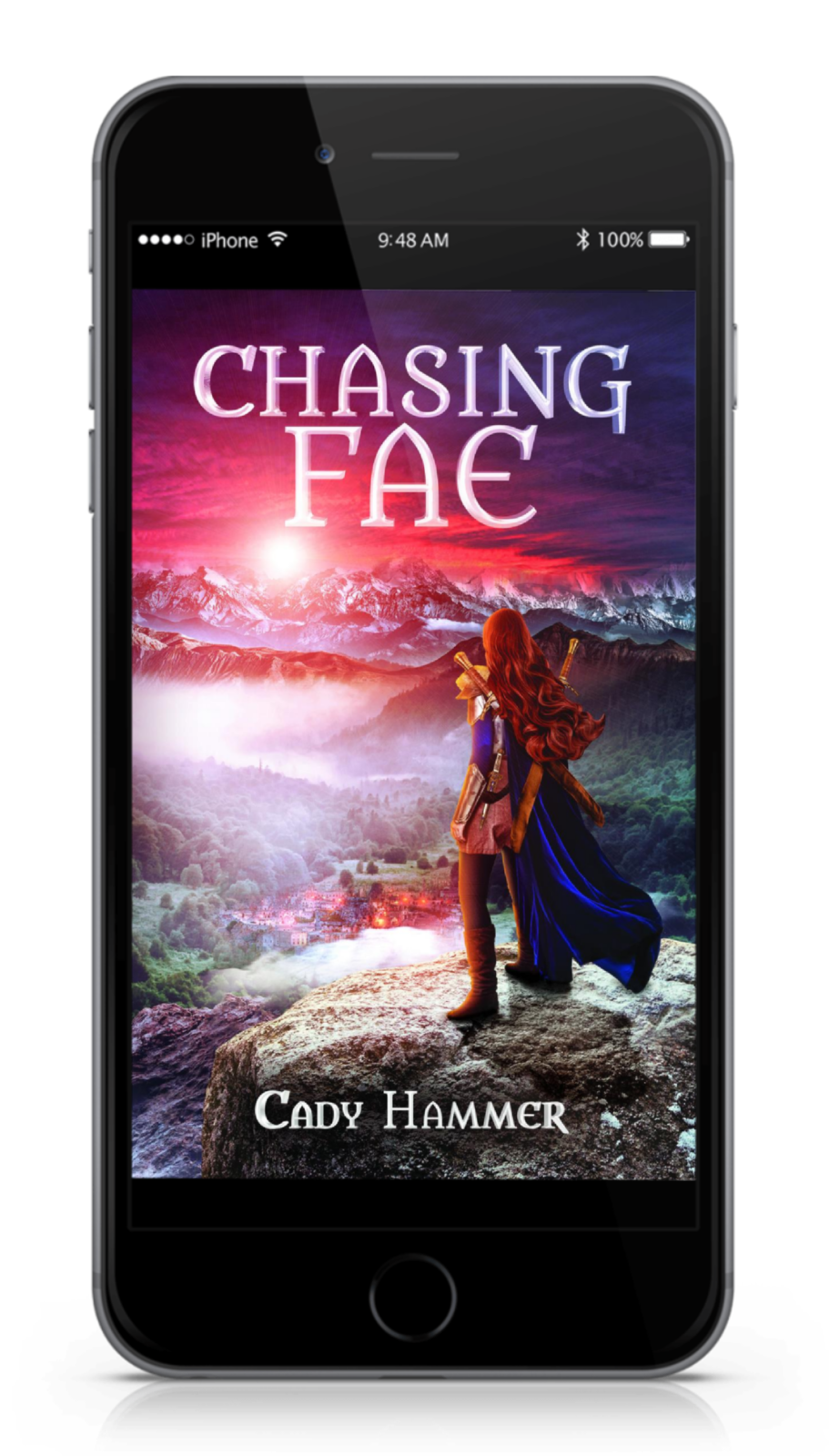Mortals and Fae: Cultural and Economic Differences
- cadyahammer
- Aug 23, 2020
- 3 min read

While I was writing Chasing Fae, I wanted to make sure that the Upper Realm and Middle Realm felt like two completely separate places that operated in their own way and practiced their own traditions. Mortals and Fae, though technically two different branch of the same ancestry, have developed their own very separate cultures and economies over the past several hundred years of being apart. Today, I want to share a few details that did not make a specific appearance in the book, but were part of my worldbuilding experience.
The Upper Realm and the Middle Realm have economies that operate on the same currency: copper, silver, and gold coins. A copper buys a small loaf of bread, a silver is equal to 50 copper, and a gold piece is equal to 100 silver. I made sure the numbers were easily divisible in order to determine the value of certain items for moments where I needed that information to keep things consistent. (But to be fair, I can’t take credit for most of the economics; my boyfriend read my book in its early stages and completely overhauled the Realms economies to make things more realistic).
The currency is pretty much where the similarity stops. The Upper Realm has far more resources and therefore, more product available for sale. Their economy is much more diversified. Conversely, the Middle Realm has a very limited set of resources. In some areas, mortals prosper such as the salt mines and the iron and mechanics trades. In others, mainly crops and livestock, the economy is much more shaky. The Fae have proposed heavily skewed trade deals that were forced upon the mortal race centuries ago. Nothing has been modified since then.
One of the more significant cultural elements in both realms that I created that did not make it into the first book involved family and the progression from a child to an adult. In Fae society, when a child is born, the naming of a child is a very important task. The father and the mother traditionally remain sequestered away from their family with their baby for three days. This is a bonding period and an important time to discuss the baby’s name and potential for future endeavors. At the end of the three days, the family comes out before the community and does an ancient protection ritual invoking the name of the child. Then there is a large community feast to celebrate. There is no such ritual in the Middle Realm; birth is much more straight forward, almost clinical.
Parents in either realm tend to home-school or privately tutor their children. For early childhood, there are very few organized schools. Both educations start around age 7. In the Upper Realm, a Fae’s 7th birthday marks the beginning of their magical education. This is a significant rite of passage. Others include the 15th, 18th, and 24th birthday. The 15th is the eligibility for a higher magical education or an apprenticeship, the 18th marks adulthood, and the 24th marks the transition of noble Lord to noble High Lord for the oldest heir to the throne. In the Middle Realm, significant years are a child’s 14th, 16th, and 18th birthday. The 14th is legal to work full time, the 16th is age of maturity, and the 18th birthday is when you become responsible for your own money, house, and job. If adults choose to stay in their parents’ home, they become legally responsible for partial rent as this is universally calculated by how many adults are living in a house.
The little details were the most fun to brainstorm during the whole world-building process. Even if they never make it into the books, I feel like knowing they exist helps me to guide the story along. Maybe I’ll slip some more ideas like this into the later books, and maybe I won’t. But I hope to keep offering these tidbits to you as I continue my journey of being an author.







Comments